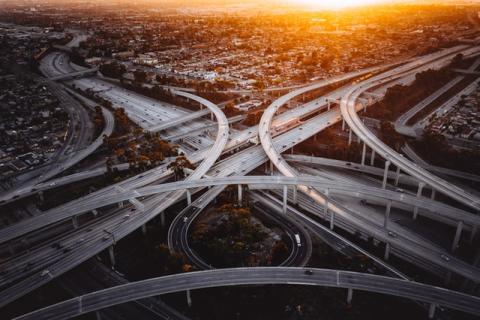In section 3.4 we explained about the regular series of global meetings (UN Conferences of the Parties - COPs), at which nations come together to discuss how to tackle climate change. Whilst worldwide agreement and collective action is essential, in practice, humanity's response to climate change happens at a range of scales, from global to local and takes two main forms: mitigation and adaptation. What is the difference?
Mitigating climate change means dealing with the causes so that we can limit the extent of change. An example is reducing the emissions of greenhouse gases.
Adapting to climate change means dealing with its consequences so that it is easier to live with the effect. An example is building better flood defences.
Some climate change is inevitable. Even if we were to stop all emissions of greenhouse gases tomorrow, the current concentration of such gases in the atmosphere would go on causing global warming for some time (this is because some greenhouse gases have a long lifetime in the atmosphere. If you want to know more, see this table of GHG lifetimes [Source: IPCC]).
Both mitigation and adaptation are important. The first is needed if we want to make the problem less worse, and the second to help us cope better.
Mitgation and adaptation both require some or all of the following:
- Money (it may cost a lot)
- Political will (it may make a political party unpopular with the voters)
- Societal will (people do not always like making changes or having to cope with new situations)
- New technologies, which may take time to develop
- Making hard choices (some necessary actions may have unwelcome impacts).
